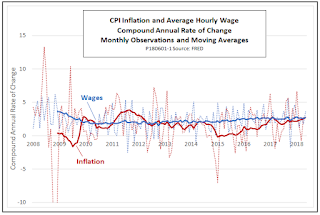
The challenge is made harder still by the fact that insurance — in the traditional meaning of the term — is not an option. A large percentage of cases at the upper end of the curve fail to meet two standards of insurability.
One is that an insurable risk must be the result of unpredictable chance. In reality, though, many individuals suffer from chronic conditions like diabetes that make them certain to require costly care for the rest of their lives. Others have genetic markers that make them medical time bombs from the point of view of private insurers.
A second standard of insurability is that the actuarially fair premium — one high enough to cover the expected value of claims — must be affordable. However, an actuarially fair premium for many people with costly chronic conditions would exceed their entire income.
There are several partial solutions to the noninsurability of high-end health care risks. Guaranteed renewal requires insurers to continue to issue policies to those who become ill, provided there is no break in coverage. Guaranteed issue, which requires insurers to accept any applicants, regardless of pre-existing health conditions, is an even stronger step in the same direction. Community rating requires insurers to charge the same premium, based on average claims, to everyone in a general category regardless of their health status.
The Affordable Care Act uses a combination of these requirements to ensure that people can buy health insurance at a standard price regardless of pre-existing conditions. However, doing so creates problems of its own. For one thing, these requirements make the system vulnerable to adverse selection since healthy people can remain uninsured and buy into the system only when they become ill. Also, even with community rating, spreading health care costs evenly over an entire population can mean unaffordably high premiums for people with low incomes.
That brings us to the subject of this commentary — policies that aim to cut off the top end of the cost curve in order to make health care more affordable and accessible for everyone else. High-risk pools and reinsurance are two ways of doing this. After reviewing the way these approaches work, we will explain how their benefits can be realized through a policy of universal catastrophic coverage (UCC).




